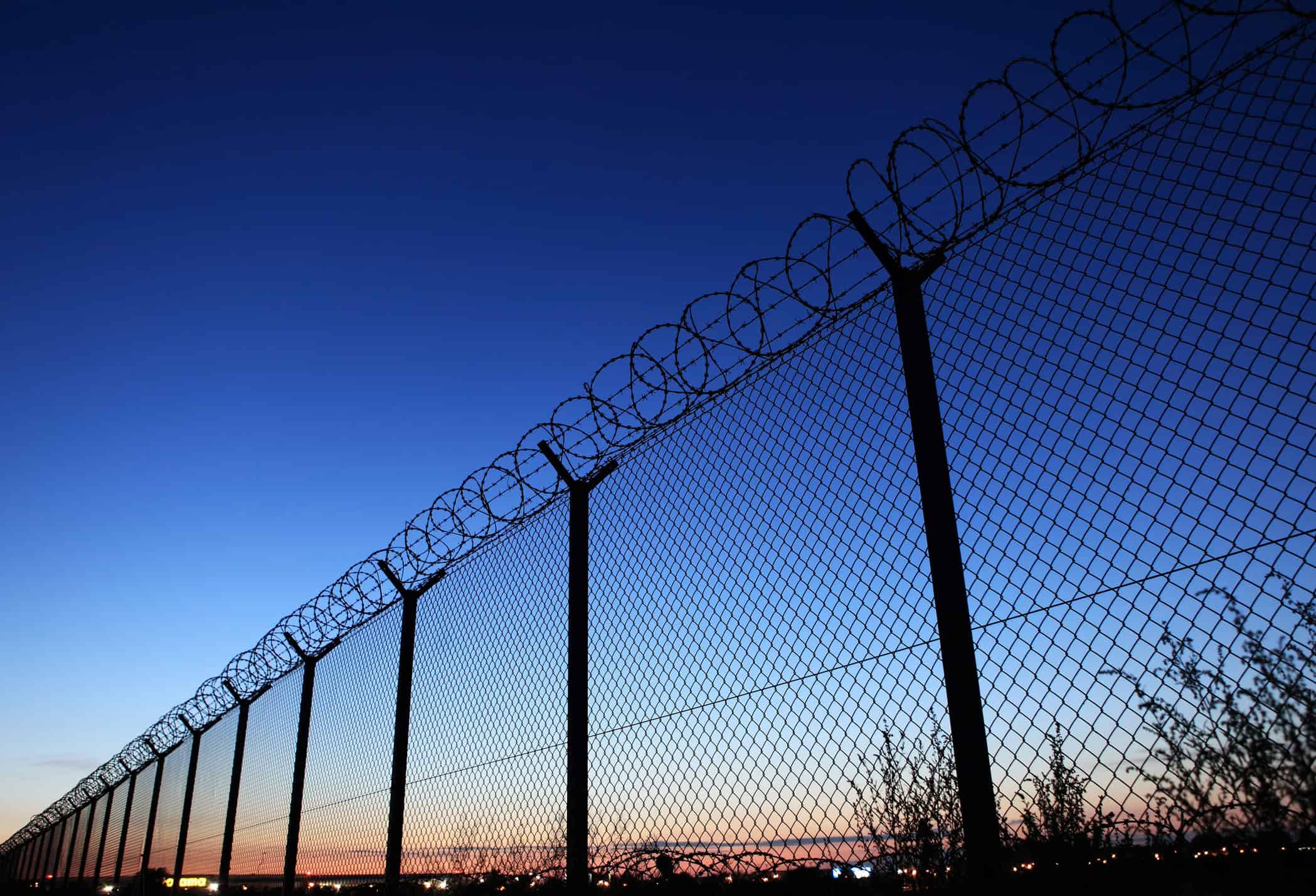Industrial sectors such as energy, security, transportation, and infrastructure depend on monitoring systems to maintain efficiency, safety, and uptime. But as these operations scale in size and complexity, so too does the volume and variety of data they produce. Operators are increasingly faced with the challenge of managing multiple, disconnected systems, each generating fragmented streams of information.
This fragmentation can lead to critical blind spots. Delayed responses to threats, undetected equipment failures, and missed environmental risks become more likely when situational awareness is compromised. The result? Increased operational inefficiencies, higher safety risks, and significant financial consequences.
The solution lies in integration. By consolidating data from various monitoring technologies into a single, unified platform, operators can gain a real-time, comprehensive view of their infrastructure and respond faster and more effectively. In this blog post, we’ll explore how integrated monitoring solutions, such as Bandweaver’s MaxView software, are transforming industrial decision-making.
Managing complex operations with disparate monitoring systems
In many industrial settings, operators rely on a combination of standalone monitoring systems – such as temperature sensing for fire prevention, security surveillance for perimeter protection, leak detection for pipeline integrity, and SCADA systems for process control. While each of these tools plays a critical role, they often operate in isolation. This lack of integration makes it difficult to get a complete picture of operations and introduces several challenges.
Operators are often forced to manually gather and interpret data from multiple platforms, slowing down decision-making during critical moments. Disconnected systems can also produce inconsistent or conflicting alerts, leading to confusion, false alarms, or even missed threats. Without a centralised interface, it becomes harder to see how events in one area may affect another, limiting situational awareness. Additionally, managing multiple systems increases operational costs, requiring more resources for training, maintenance, and troubleshooting.
For example, a pipeline operator using separate systems for distributed temperature sensing, leak detection, and surveillance may struggle to correlate a pressure drop with unauthorised activity like digging. This can delay response time and raise the risk of environmental damage or safety incidents. Integrated monitoring eliminates these barriers, allowing for faster, clearer, and more informed decision-making.
Integrated monitoring with Bandweaver’s MaxView
MaxView is Bandweaver’s Integrated Monitoring Software Platform, purpose-built to provide a single, centralised interface for managing a wide range of monitoring systems in real time. It enhances situational awareness by aggregating, analysing, and visualising data from various sources, enabling operators to make faster, more informed decisions based on clear, consolidated insights.
The platform brings together data from multiple technologies, including fiber optic sensing systems like DTS (Distributed Temperature Sensing) and DAS (Distributed Acoustic Sensing), which detect temperature changes, pressure variations, and acoustic signals along critical infrastructure. It also integrates seamlessly with SCADA systems for process automation and control, CCTV feeds for visual verification and security, and third-party sensors, ensuring compatibility with existing infrastructure without the need for expensive replacements.
MaxView presents this data through a centralised dashboard featuring interactive GIS mapping, which pinpoints the exact location of incidents in real time. It also allows operators to configure alerts based on severity and priority while offering historical data analysis tools to identify patterns, recurring issues, or system vulnerabilities.
Beyond visualisation, MaxView helps automate decision-making by correlating data from different systems to detect anomalies with greater accuracy. It reduces false alarms by filtering out background noise and irrelevant triggers, and it offers predictive insights to support proactive maintenance – minimising downtime and preventing failures before they occur.
How MaxView enhances decision-making
In oil and gas and pipeline monitoring, operational reliability is constantly threatened by leaks, structural degradation, and unauthorised activity. MaxView addresses these challenges by enabling early detection of pressure anomalies and temperature fluctuations, which can signal the onset of a leak or a potential failure. By integrating with fiber optic sensing technologies like DTS and DAS, the platform provides continuous, real-time data along the pipeline. Operators receive immediate alerts for suspicious activity, such as third-party interference or unauthorised digging, allowing them to intervene before the situation escalates. This rapid response capability not only reduces environmental and financial damage but also helps companies avoid regulatory penalties tied to compliance and safety breaches.
For perimeter security and critical infrastructure, MaxView offers robust protection for high-value sites like power plants, substations, and government facilities. These locations demand constant vigilance, and MaxView delivers by combining Distributed Acoustic Sensing with CCTV footage, access control, and motion detection systems. The platform intelligently filters and prioritises alerts, distinguishing between genuine threats and environmental noise or weather disturbances. This automation significantly reduces false positives and improves incident response, all while decreasing reliance on manual patrols and static security personnel.
In fire detection and prevention, MaxView plays a critical role in environments where early intervention is vital, such as tunnels, data centres, and power grids. Overheating cables or equipment can lead to devastating fires if not caught in time. Utilising DTS, MaxView continuously monitors temperature profiles along infrastructure, issuing real-time alerts when heat levels exceed safe thresholds. Integrated with existing fire safety systems, the platform enables operators to act swiftly and effectively, preventing costly damage, unplanned outages, and potential safety violations.
Rail and transportation networks also benefit significantly from MaxView’s integrated approach. Infrastructure like tracks, tunnels, and signalling systems must operate reliably to avoid service disruptions and safety incidents.. The platform also enhances security by identifying unauthorised access, including trespassing or cable theft, which are common causes of downtime. By providing predictive maintenance insights, MaxView helps operators act proactively, minimising repair costs and reducing the risk of accidents or delays that could impact passenger safety and service punctuality.
The future of industrial decision-making
In high-stakes industries where every second counts, integrated monitoring is no longer a luxury; it’s a necessity. Fragmented systems can no longer keep pace with the speed and complexity of modern operations. Bandweaver’s MaxView software bridges that gap, delivering a unified platform that transforms disconnected data streams into real-time operational intelligence.
By combining advanced analytics, centralised dashboards, and intelligent alerting, MaxView empowers teams to respond faster, act smarter, and stay ahead of potential risks. Whether it’s detecting a pipeline leak, identifying a security breach, or predicting system failures before they happen, MaxView brings clarity and control to even the most complex environments.
Ready to see how MaxView can elevate your operations? Get in touch with Bandweaver today to schedule a demo or consultation.




